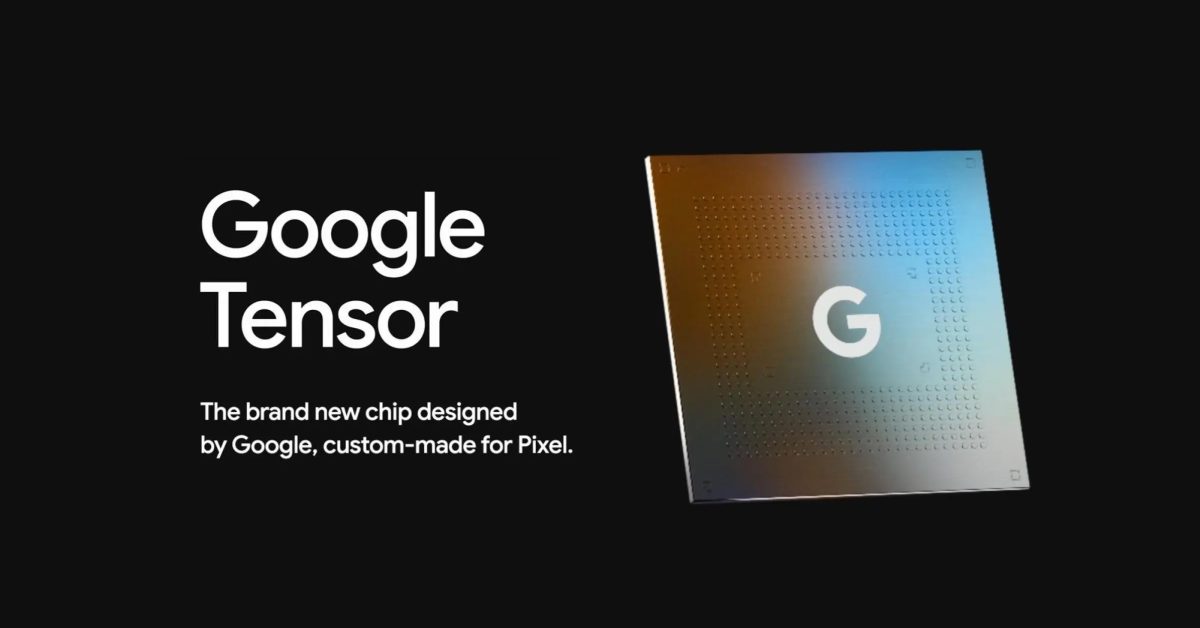The Pixel 6, in particular the Pixel 6 Pro, has simply piqued the hobby of telecellsmartphone customers at the Android side. More than simply passing hobby, too: Google has implied that excessive call for for the telephones is inflicting cargo delays and deliver problems. But, whilst Google is surely thrilled through that turnout, its number one hobby withinside the Pixel 6 is surely the brilliant new processor this is the telecellsmartphone’s beating heart.
While the Tensor chipset may sound like an useless diversion for Google, it can thoroughly pressure how Pixel telephones are evolved transferring forward. Even, to a few extent, how Android itself ought to extrade withinside the destiny.
New manner of computing
Google turned into by no means missing in desire while it got here to cell processors. As verified with the Pixel telephones in view that 2016, Google ought to have opted to go together with the excessive-give up Snapdragon eight series, the mid-variety Snapdragon 7 line, or maybe MediaTek’s innumerable Dimensity 5G chipsets. Designing its personal processor, however, turned into extra than only a display of technical prowess. It turned into an indication of a brand new manner for telephones and cell running structures to address tasks, mainly the heavier ones.
Unlike the not unusualplace tri-cluster layout that’s being driven through ARM and utilized by the likes of the Qualcomm Snapdragon 888 and Samsung Exynos 2100, Google opted to provide the Tensor “super” Cortex-X1 cores in place of one. It challenged the now-not unusualplace conference of making use of the “big” Cortex-A76 cores – which can be a technology old, as though to show a point – to the bulk of the telecellsmartphone’s workload, splitting it as a substitute among the 2 Cortex-X1s. Google’s argument there may be that having quick bursts of interest from those cores is truly extra efficient, as compared to making use of all 3 Cortex-A76 cores at complete load for a barely longer duration of time.
If Google is demonstrated correct, this will properly form the layout of destiny ARM chips, both from ARM itself or from the likes of Qualcomm, Samsung, and MediaTek. There are even rumors of OPPO and perhaps Xiaomi becoming a member of that bandwagon and growing their personal processors that observe withinside the Tensor’s footsteps. The promise of higher strength performance and decrease warmth technology is simply too true to byskip up, mainly as smartphones get extra effective and packages develop extra demanding.
Privacy on the Core
Machine mastering has undeniably turn out to be a key detail in our lives, whether or not we comprehend it or now no longer. Even on telephones, using system mastering fashions and AI have turn out to be marketing and marketing factors for person interfaces and mainly virtual imaging. While maximum telecellsmartphone processors are effective sufficient to address the basics, there are instances after they have to “telecellsmartphone home” for you to fetch records that has been processed on faraway records centers.
This, of course, manner that there may be a danger concerned withinside the switch of records, mainly while extra touchy records is being communicated over doubtlessly unsecured channels. While that can had been Google’s default approach while it first introduced the likes of the Google Assistant to telephones, there’s no doubt it turned into additionally completely conscious that, long-time period at least, that wouldn’t be possible both technically or from a privateness standpoint. As a result, it’s been running in the direction of leaving all of the AI-associated procedures in the telecellsmartphone, and the Google Tensor is what makes that surely possible.
The Pixel 6 is complete of examples of ways system mastering and AI can outline the cell experience, from on-the-fly translation of textual content and audio, to doing away with photobombers out of your images. More than simply the give up result, however, the procedure of undertaking the ones capabilities is simply as noteworthy, now no longer least due to the fact all of them occur at the tool itself, with – for the maximum part – no records leaked to the cloud.
Pulling this off didn’t simply require a extra effective processor however additionally a extra novel “heterogeneous computing” model, that places all of the elements of the processor to apply on a task, regardless if it’s approximately modifying out undesirable barriers in snap shots or seeking to make feel of a brand new language.



